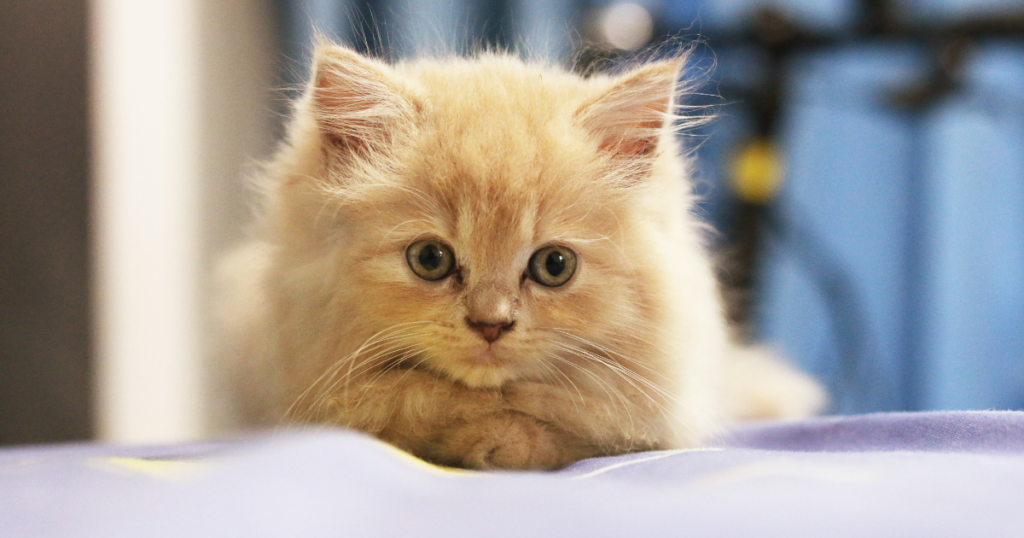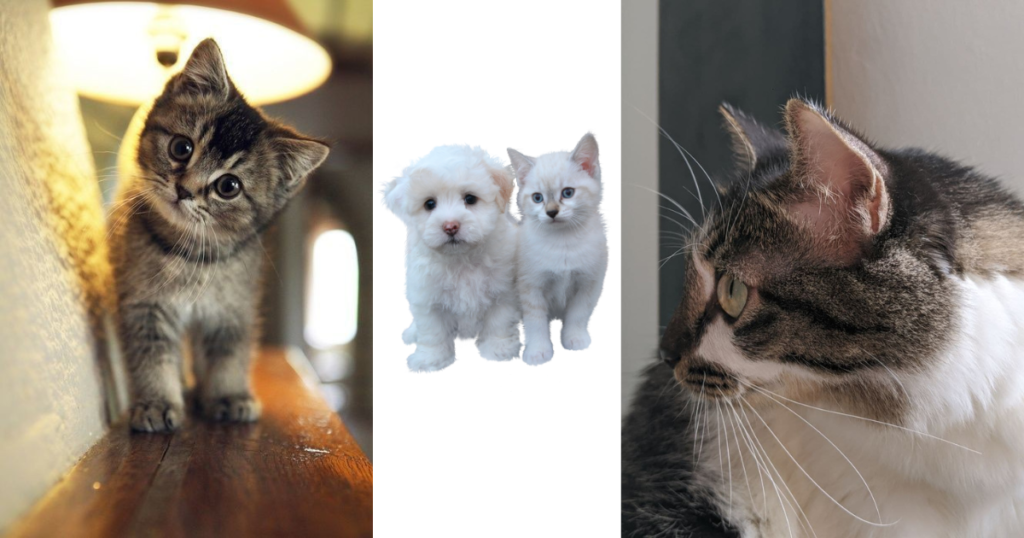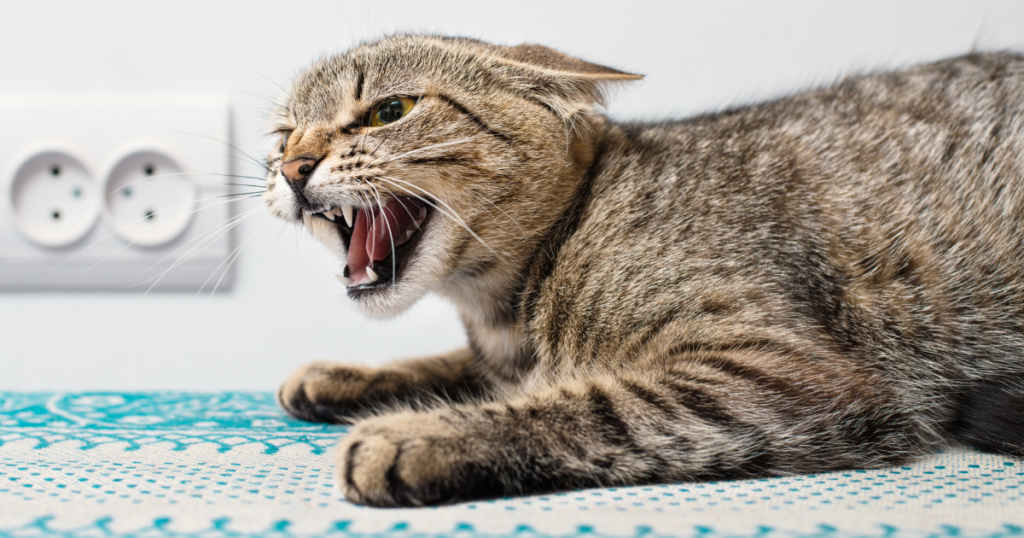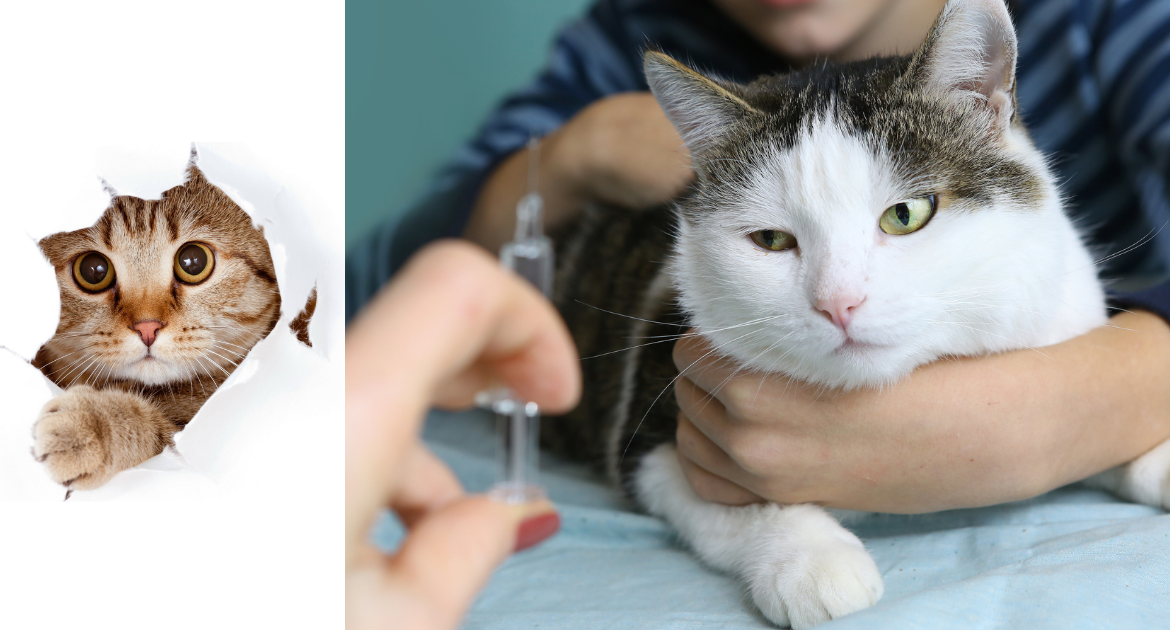Rabies is a common disease mostly in warm-blooded animals.
This is an infectious disease that can be transmitted from one animal to another or from animal to Human beings. When we hear about rabies, we think that it is caused by dogs, and some pet owners have doubts: can cats have rabies?
According to the Centers for Disease Control, yes, cats can also easily get infected with rabies, as they are warm-blooded animals. Cats are the most commonly reported animal that is diagnosed with rabies each year.

If you are a pet owner, then this should be a big risk for you, as Rabies is a deadly virus that damages the central nervous system. As we love our pets like our children, we don’t want them to deal with any disease or virus that can hurt them. So, to become a smart feline parent, you should know about pet Insurance, which can cover the costs associated with any disease, vaccinations, and treatments for your pets and can also provide a better quality of life to your pet.
In this article, you will get to know what the cat rabies symptoms are because this is a life-threatening disease, and there is no cure for rabies, so you should know about the vaccinations and preventions so that you can prevent your cats and family from such a dangerous disease.

What is Rabies? How is it transmitted?
Rabies is a very deadly and infectious virus that directly attacks the brain and spinal cord of the animal. Rabies is caused by lyssavirus from the Rhabdoviridae family. Most commonly this rabies is found in wild animals like bats, foxes, raccoons, and domestic animals like dogs or cats. This is a deadly virus that can directly enter the body through a scratch, bite, cut, also if an animal touches an infected animal’s saliva. It is typically transmitted in the body through mucus from the mouth or eyes.
Note: When the rabies virus enters any animal’s body, immediately after entering, it immediately travels through the nerves to the brain and the spinal cord. If your cat usually goes outside and if you notice any open wound, scratch, or bite mark on your cat’s body, then immediately consult with your vet, and better to wear gloves or a full-sleeved shirt at this time before handling an infected cat.
Understanding the signs and symptoms of rabies in cats
It is very important to know about the early signs of rabies in cats and to stop them from spreading, as these signs may appear sooner in cats compared to dogs, within about 3 to 8 weeks. These are the signs you should know for safety precautions:
- Behavioral changes – If you are a feline parent, you should know how your cat behaves. Cats are very calm in nature, but as soon as this infectious virus enters their body, you may notice major changes in their behavior, like aggression. But when the rabies virus affects the cat’s brain, they may attack and harm other animals or people living around them. A major change you can notice is that they develop a fear of water, which is known as hydrophobia. They might not drink or bathe, nor allow you to do cat teeth cleaning, as their brain is affected and fighting the virus, and they get scared of water. Also, you may notice unusual meowing patterns, changes in vocal tone, and strange sounds, as they may get confused or feel discomfort due to the infectious virus. Recognizing behavioral changes in cats may lead to early detection, and you can manage the prevention of this deadly virus.
- Physical changes – As rabies is a deadly virus, it can lead to many changes in the body, like the appearance of your cat. Their fur might look messy & eyes may seem glazed, indicating that the virus is affecting the brain. Also, the body temperature of the cat may change. They may struggle with high fever or feel too cold, can’t breathe properly, and may have problems swallowing food. As the condition worsens, the cat may have difficulty moving, may drool excessively, or may lose control.
- Eating habit changes – When you doubt, like “Does my cat have rabies?”, you should start noticing changes in your cat’s eating habits. When cats get infected with this virus, their interest in food and water may decrease. They may start disliking food and may have difficulty swallowing.

The signs of rabies in cats are divided into 3 stages: prodromal, excitative/furious, and paralytic.
- The Prodromal Stage, as per the clinical studies, the prodromal stage is the very first stage of rabies, which lasts for one to three days in cats. In this stage, it’s hard to find major changes but in the early stage, you may notice behavioral changes in your cat like: if your cat is extroverted, then they may become nervous or shy, and if your cat is introverted, then they may show more aggression, erratic behavior, starts biting objects, or scratching. They may sometimes jump on your lap to cuddle or run away from your hands as they are scared.
- The Furious Stage, as per clinical studies, the second stage of rabies is called the furious phase, which can be easily recognized in cats. At this stage, the cat becomes more aggressive towards other animals and people around them. They may show erratic behavior, like hypersensitivity, biting inedible objects, biting themselves, searching for objects that aren’t there (fly biting), and showing disorientation.
- The Paralytic Stage, as per clinical studies, is the third and final stage of rabies, which occurs after 7 days and is known as the paralytic stage, also called the dumb stage. This is the worst stage of rabies. At this stage, your cat may become depressed and unresponsive. You may notice difficulty in breathing, foaming from the mouth, extreme weakness, coma, or paralysis type of conditions which eventually lead to death.
These are the three stages of rabies your pet may go through when they get infected, but it’s important to understand that each case is unique, as every cat has their own body, and your cat’s signs may not match exactly with the symptoms mentioned above.
When you notice any of these changes in your cat, this is the time when your cat needs to be quarantined, as rabies is an infectious disease, and you should consult your vet for the best medical care services to improve the quality of life for your cat.




